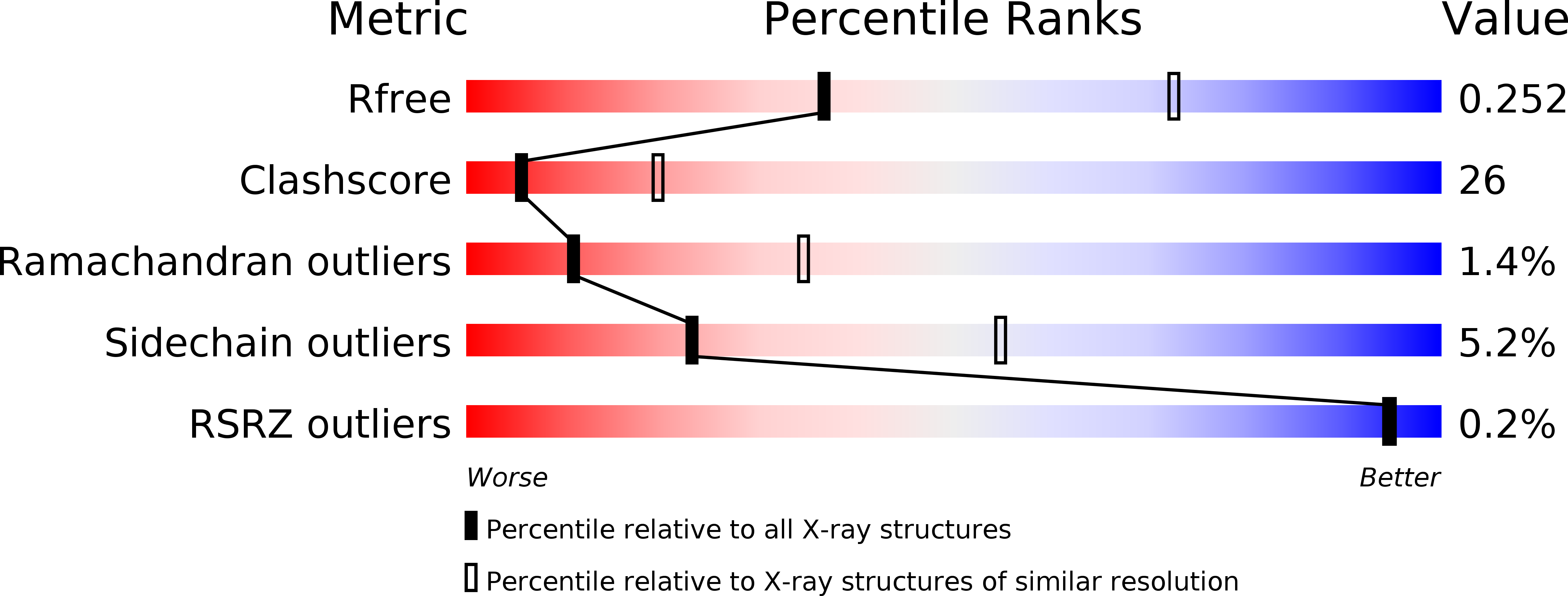
Deposition Date
2012-03-23
Release Date
2012-07-18
Last Version Date
2024-10-16
Method Details:
Experimental Method:
Resolution:
2.80 Å
R-Value Free:
0.25
R-Value Work:
0.19
R-Value Observed:
0.20
Space Group:
P 1 21 1


